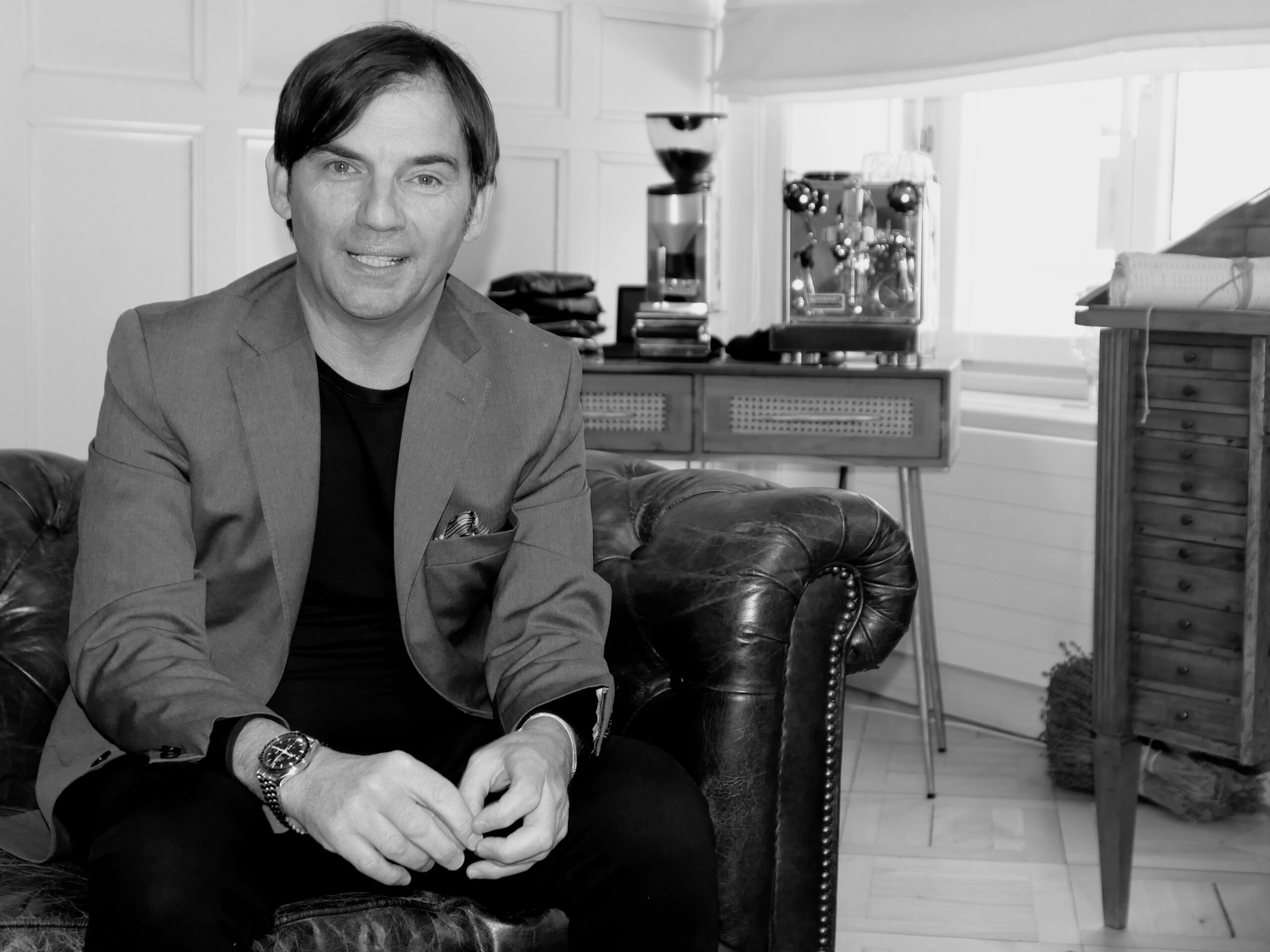
This post was originally published when the blog was focused on Bienne, under the name Made in Bienne. The concept has since evolved to also cover the watch scene across the rest of Switzerland.
—
When walking in front of Jacques Tissot, on Bienne’s pedestrian Rue de Nidau, you could think for a moment you are strolling down the Champs-Elysées or 5th Avenue. The store front is always immaculate, with a fresh composition every few weeks showcasing the boutique’s latest watches and jewellery offerings.
This year will mark the 10th anniversary since Alfio Pennisi became the owner, taking over from the boutique’s eponymous founder. Pennisi is a well-known figure in Bienne, involved in and supporting many local organizations, and, when he is not behind the counter or in his office upstairs where we are sitting for this interview, often seen at the Tissot Arena supporting EHC Bienne, the city’s high performing hockey team.
Pennisi’s life is a concentrate of contemporary Swiss watchmaking history. Growing up in Bienne in an Italian family, working for Cartier and later Ebel in its prime, driving across each canton and city to meet its retailers, he now represents some of the country’s most prestigious watch brands, in the capital of watchmaking.
Can you tell us about your childhood?
I’m the son of an Italian immigrant family that came to Switzerland in the 1950s. I was born and raised in Bienne. I spent my early youth in the Gurzelen neighborhood, 200 meters away from Omega. That’s where I learned to play football, skateboarding, and even had my first girlfriends.
So Omega was part of your life from the very beginning…
My Mom worked there as a quality controller for years. Back then, my sister went to the daycare center provided by Omega, in what is now the canteen, and previously the museum. Behind it, there was a wooden building where displays were stored. Those displays were meant to be shipped around the world to their retailers. They were made in noble materials, like wood. I would collect the leftovers when Omega threw them away, and used them to decorate my room. My room looked like an Omega boutique!
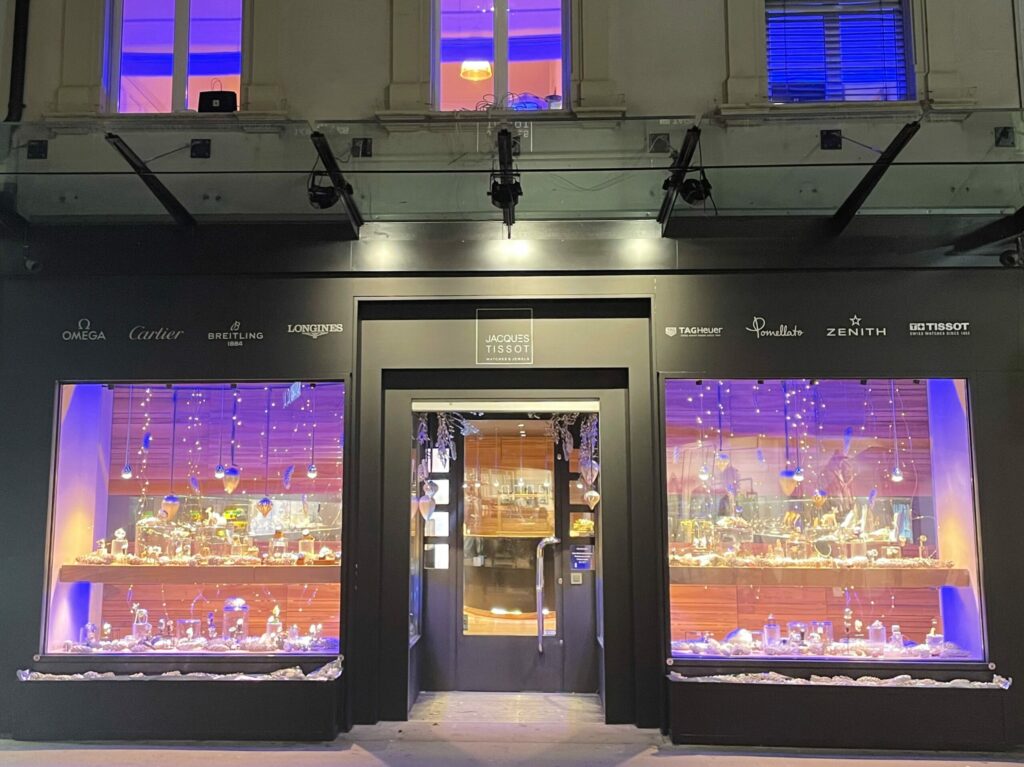
Did you start your career straight into the watch industry?
In a way, but not directly at first. I studied trade, following my Dad’s footsteps. I wanted to be a goldsmith, but my father was not a huge fan of that plan. I started working at Cartier, at Villars-sur-Glane, as Area Manager for Yves Saint-Laurent, a Cartier license back then. I worked across many categories on license products: jewellery, pens, bags. It was a great experience, and I got to study gemmology at the company’s internal school.
Then I joined Ebel, when the brand was in its prime. It was run by Pierre-Alain Blum. A real boss, old fashion. An amazing leader. Ebel was run as a family business, with its pros and cons. Back then, the brand was at the top of the industry. Tennis was huge for us. When Boris Becker would win, we delivered trucks of watches to Germany. Our hospitality was thriving, we invited clients on boats. Things were more free back then, less regulated. And we were devoted to our boss.
Eventually, Ebel got sold several times. First to InvestCorp, then to LVMH and finally to Movado. That last move was too much for me. I wanted to leave, and create my own company.
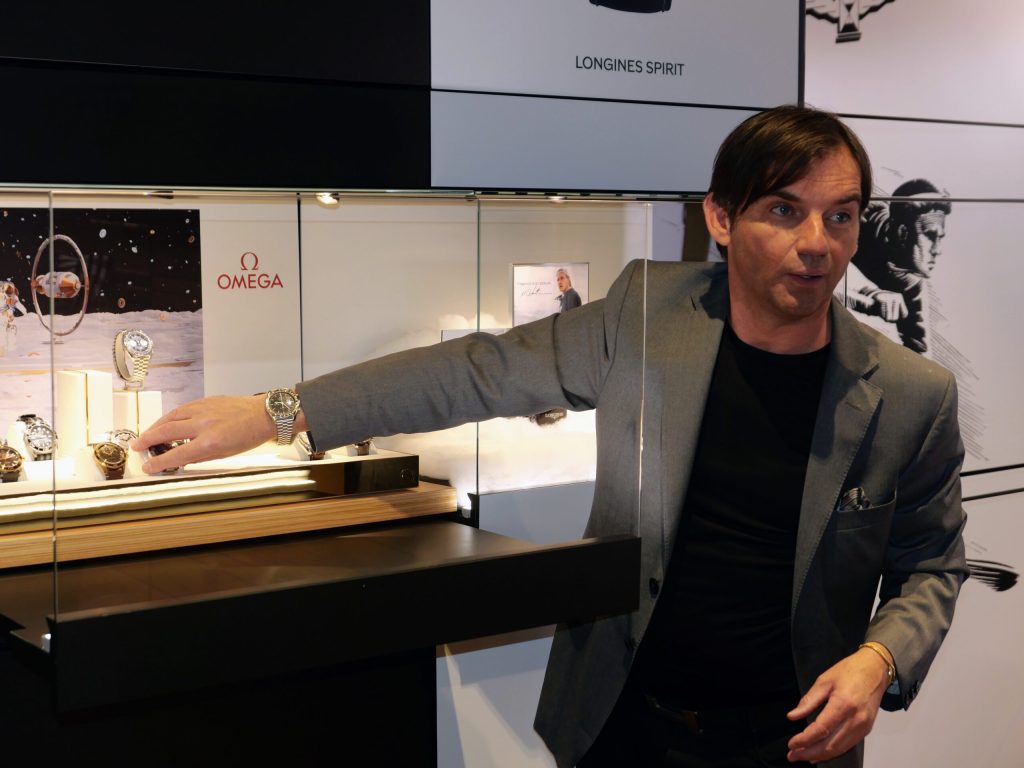
So what happened next?
Well then I did exactly that! I started to focus on jewellery. Retailers wanted Italian jewellery but there was a lot of complexity around customs, process and administration. My goal was to combine Italian craftsmanship and creativity with Swiss business service standards.
I also created Time Is Luxury in 2003. I became an agent or distributor for Italian watches in Switzerland: Versace, Ferragamo and U-Boat, a brand I still represent. I learned a lot just travelling across the country. Still today, I spend about 30% of my time visiting retailers.
How did that lead to having your own boutique?
Jacques Tissot was a family friend. My mother was a customer of his. I knew him since my childhood, and, in my previous job, I sold Ebel watches to him. Later, he and his wife Marie became jewelry clients of mine. His son and I went to hockey games together.
In 2011, Jacques told me he would be retiring 2 years later. In November 2013, I became the owner, realizing a childhood dream: having my own high-end watch and jewellery boutique in my home town.
But many challenges remained. Brands are sceptical when there is a change of ownership. And to be fair, the store needed a significant refresh by that time. I had to negotiate with the brands one by one to keep them: Omega, Cartier, Breitling. I worked on a 5 year plan for a complete overhaul, which I presented to the brands. They trusted me and I’m proud to say that I delivered exactly as planned, 5 years later.
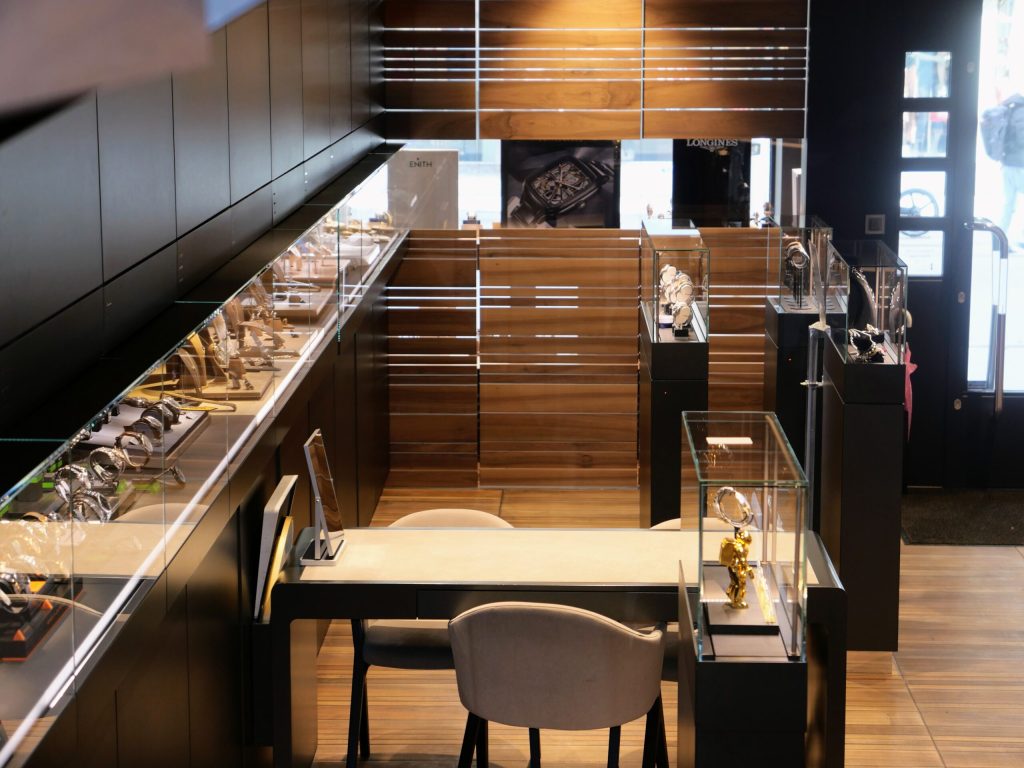
How would you describe the customer experience at Jacques Tissot today?
Today, clients are very well informed. They compare everything to what they learn online. Brands have invested a lot in training us, but the consumer still knows a lot compared to before. They test us. But with my 30 years of experience, I’m usually able to share things that they can’t find online. Industry insider stories, if you will, that increase their interest and understanding of the product.
Another important characteristic in how we do things is our commitment to objectivity. Speaking the truth, even if it’s not in our immediate commercial interest. Sometimes, customers want to compare with brands we don’t represent, and ask for my opinion. Who am I to criticize a brand that’s been around for 200 years?
What’s it like being an AD in Bienne? Your clientèle is at the heart of the industry…
For sure. Everyone who comes here has someone in their family working in the watch industry. We see this as an advantage. We are dealing with connoisseurs, and that forces us to always maintain a high standard, both in what we sell and the support we offer in after-sales. I’m proud to say that some industry legends have been my clients over the years.
What about employee discounts? Doesn’t that impact your ability to sell here?
The serious brands take those discounts seriously. They are limited in time, and in scope. That still leaves a lot of room for me to offer the model people really want, when they want it. And of course, the jewellery part of my business is important too, and it’s growing.
How have you seen the market evolve lately?
When interest rates were negative, people had too much cash on their hands. As they couldn’t get what they wanted from waitlists, they overpaid. Some started to think they were savvy speculators. But with the market now down 20 to 25%, reality has kicked back, and many of those people regret.
Things are flatter now. Rolex and Audemars offer Certified Pre-Owned, which means there must be potential there. Customers are younger now, they want long lasting luxury products. We must be there to meet that demand.
Financing has become a real thing. I had created a company back in 2006, Swiss Watch Credit, but it was too early. Now, we do about 100 sales a year from our website over instalments. It’s a trend.
Retail will continue to evolve, and we will need to continue to adapt.
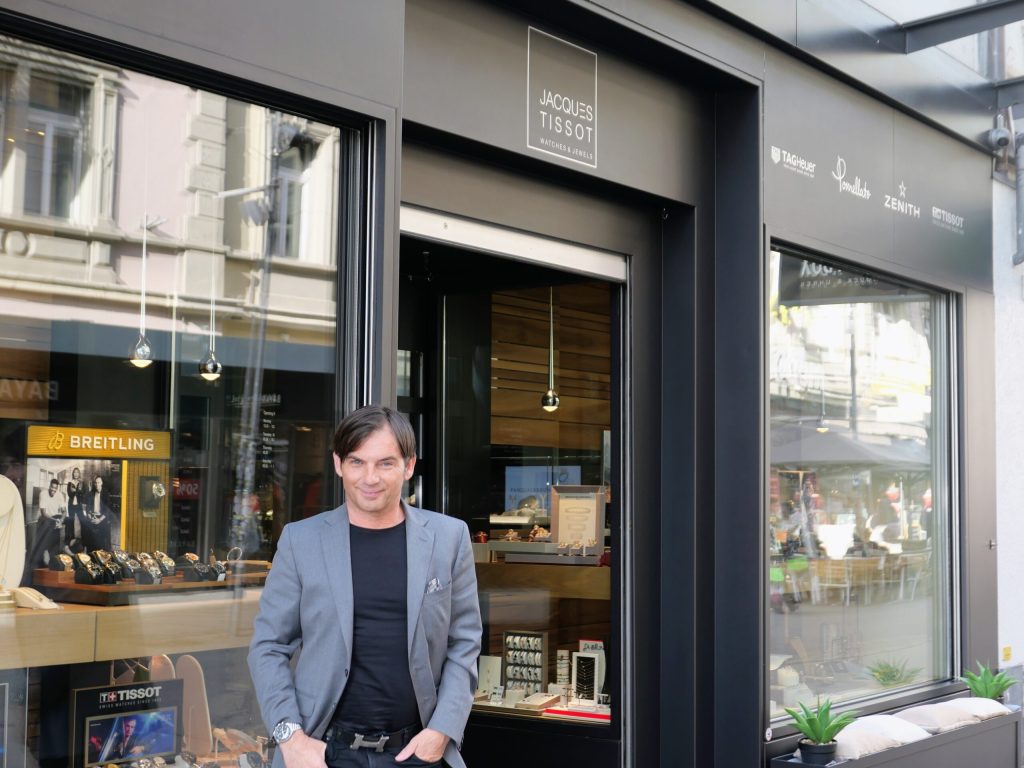
To finish, what are your 3 Bienne icons?
The Moonwatch, the Daytona and, not from Bienne but close enough, the Navitimer. Another one that is close to my heart is the Monaco, which was developed by Heuer when the brand was based here in Bienne. I have an original one from 1972.


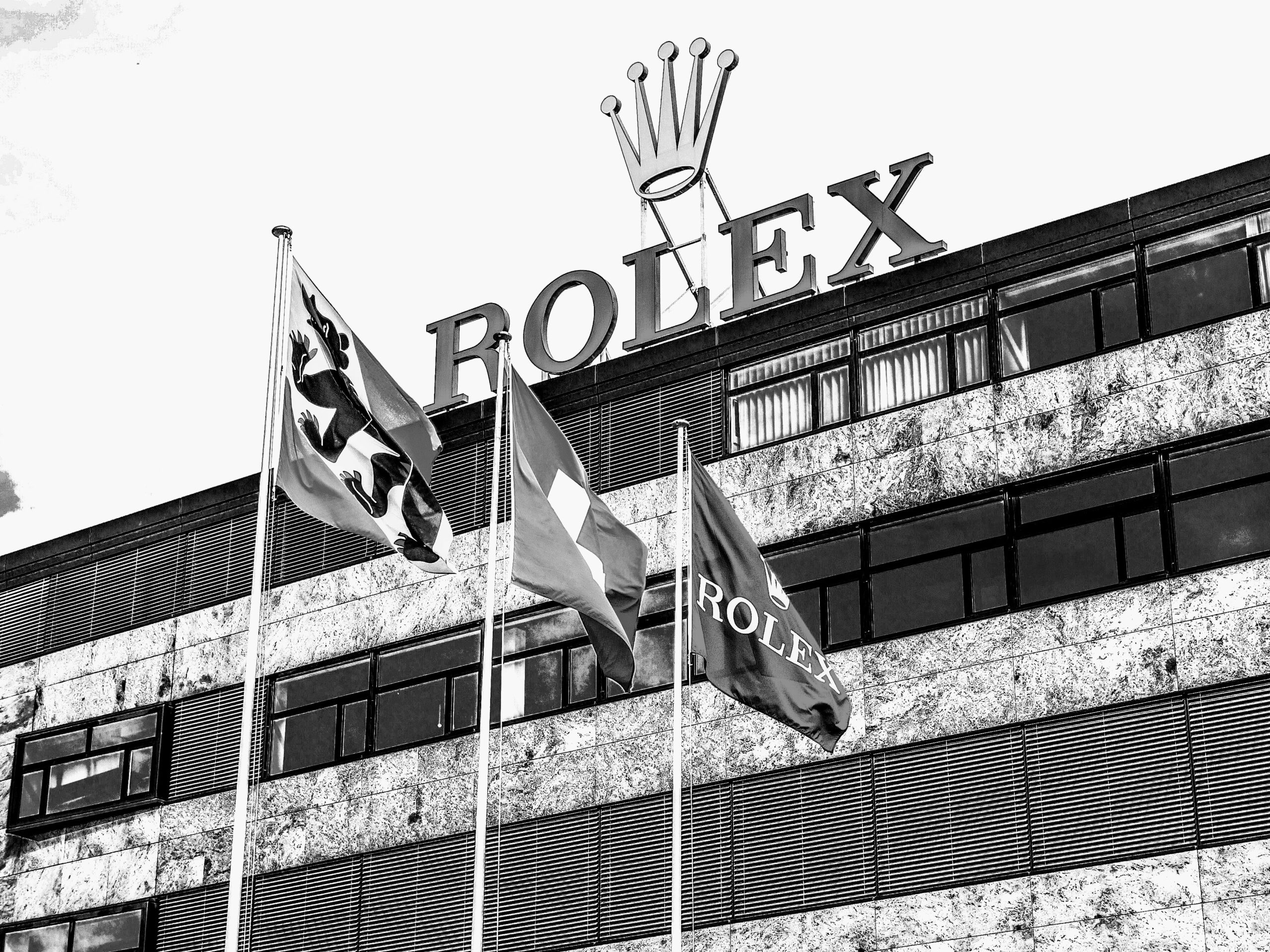

Did you remember me? My name is J C Huang, I was liviing at Silbergasse 16, Since retire, Now I move back to Taipei Taiwan. My email : jch3719@gmail.com.
Pls. contact me !
Best regards to you and your wife.
His story is very interesting and inspiring
Top! Great article, best wishes for you Alfio